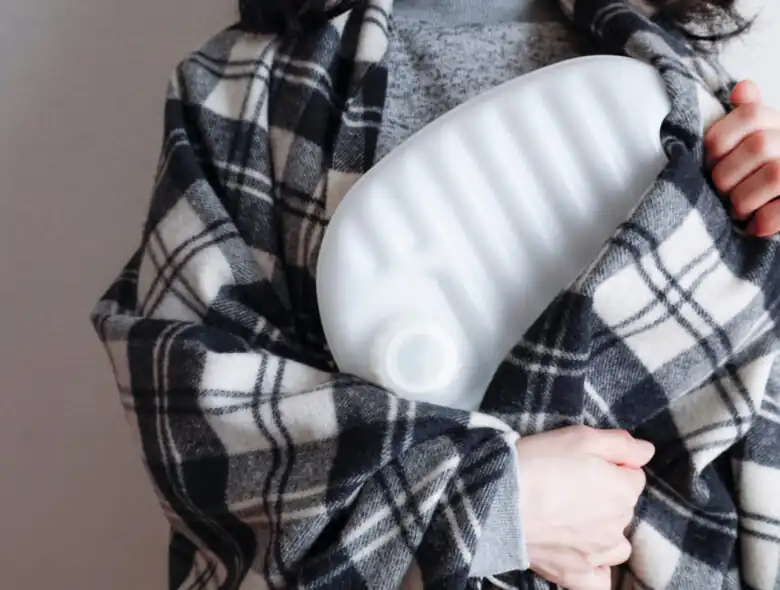Winters in Japan vary depending on whether you are up in snowy Hokkaido or down in sunny Kyushu and usually stretches from December to February. In the Kanto area, winters are mild with temperatures averaging at around 12°C but can drop as low as 4~5°C in the early mornings and late evenings. On the other hand, Tohoku and Hokkaido tend to experience snowier and colder winters with temperatures hovering or even dipping below 0°C.
Packing and wearing layers are your best bet when visiting Japan in winter, which despite potentially temperamental weather conditions, offers a plethora of things to do, see, and explore. There are snow festivals, onsen resorts, winter illuminations, and seasonal cuisines such as nabe, oden, shabu-shabu, and ramen broths.
The weather in winter tends to be dry and staticky so be sure to equip yourself with lip and moisturizers.
If you live or are planning to move to Japan (for those in the latter category and are currently house hunting, check out Village House, a real estate organization with over 1,000 properties across Japan’s 47 prefectures), it’s good to know beforehand that central heating and radiators in Japanese housing are rare, with many households using the heating function of their air-conditioner to keep their home warm and toasty. Unfortunately, the biggest disadvantage of this type of heat source is that it only heats up the room it is installed in, meaning that other rooms of the house or flat can be as cold as outside. Thus, in this article, we will have a look at 5 items that will (hopefully!) keep you warm and cozy this winter.
Blanket (A Wearable One!)

A blanket may be the obvious choice to keep one warm, but they do not exactly stay on your person properly if you’re sitting upright or moving about the house. The solution? A wearable blanket. Going by names such as The Snuggy, a sleeved blanket, or even a sleep sack, wearable blankets, as the name suggests, is a blanket you can wear like a piece of clothing. They often come with sleeves and even a hoodie and pockets, and are designed to keep you warm and snug in colder weather while still allowing you to maneuver about doing chores, tidying up, cooking, etc.
Depending on your preferences, there are also electric wearable blankets for that added bit of warmth and toastiness but remember to follow all the health and safety rules regarding such items.
Draft Stopper
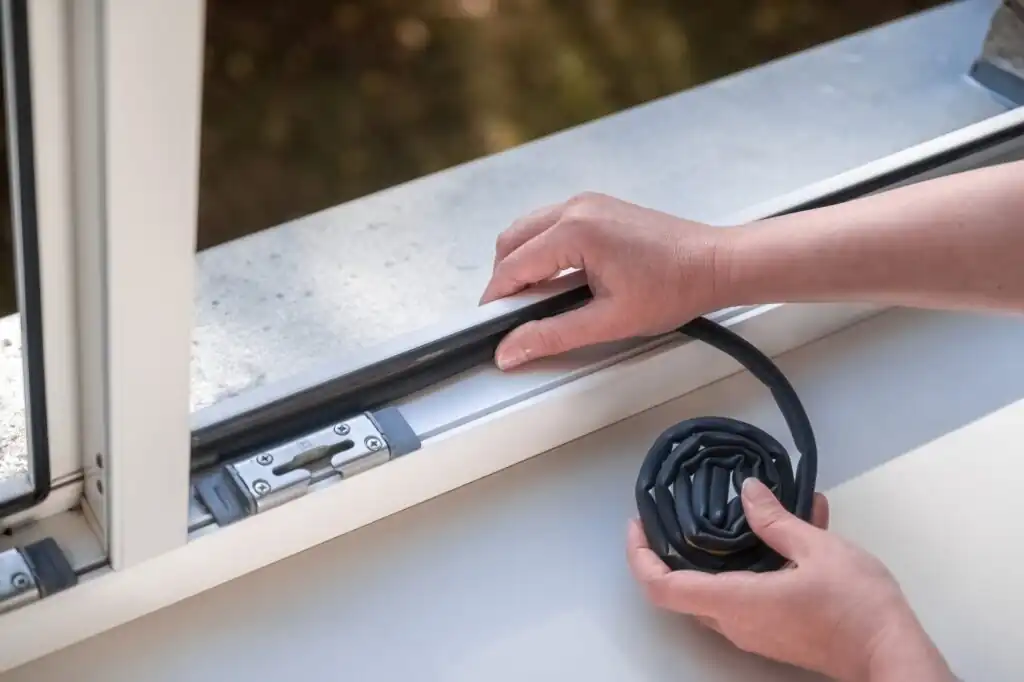
Also known as a draft block or a draft dodger, this simple but very effective tool is designed to block out drafts. Draft stoppers are snakelike cloth tubes that are stuffed with materials such as sand, rice, beans, etc., and placed across cracks under doors and windows in order to block out the cold air from seeping into the house or flat.
The benefits of a draft stopper include:
- Helping your home be more energy efficient and thus reducing electricity and gas bills
- Keeping your home warmer in winter by trapping the heat inside and blocking the cold air from outside
- Reducing odors and smells that permeate from outside
This item can be easily bought online, at furniture stores such as IKEA and Nittori, possibly at one of Japan’s numerous 100 yen stores; or if you want to save money you can DIY your own draft stopper by using items such as a pool noodle.
Hot Water Bottle
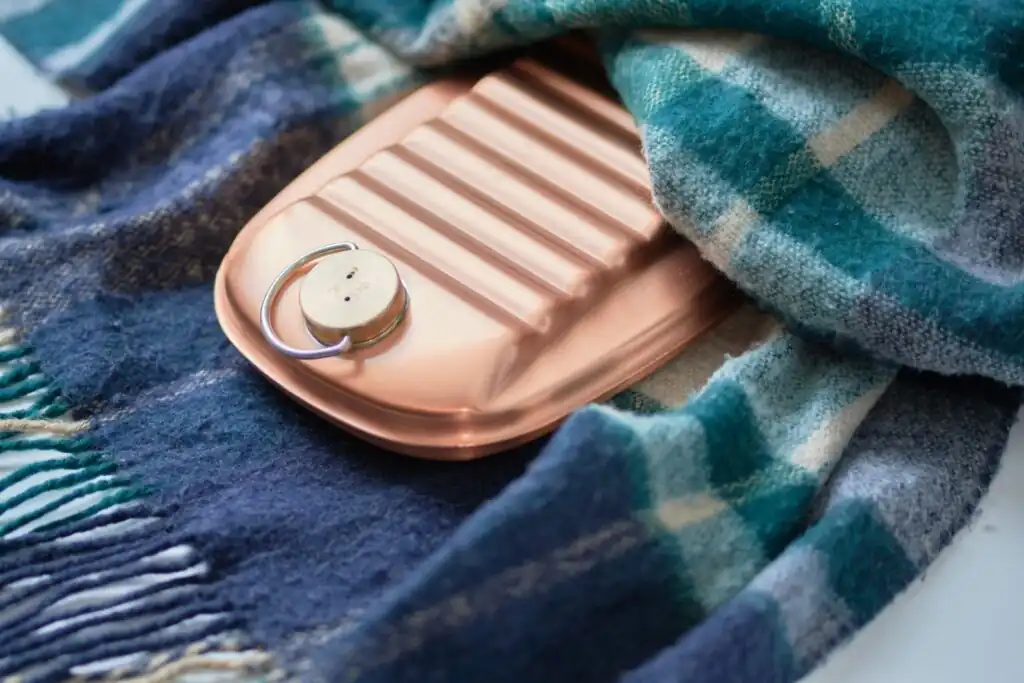
In Japan, a traditional hot water bottle is called a yutanpo and is now often made of galvanized steel, which is steel coated in zinc to minimize corrosion and protect the steel from moisture and temperature changes.
The yutanpo was originally created in China and introduced to Japan around the 14th or 15th century and used to be made of earthenware. They were often created in a dome shape and could usually hold around 2L of water.
As previously mentioned, central heating is a rare household feature in Japan, and thus the ownership and use of a yutanpo is common in many Japanese homes during the colder months. It’s usually filled with hand-hot water or water around 60°C to 70°C and wrapped carefully in a thick cloth before being placed by the foot of a bed or futon before bed.
Yutanpos are also sometimes used for relief efforts after a natural disaster to help keep victims warm during times when electricity or gas is unavailable.
Traditional yutanpo or your average rubber hot water bottle can be purchased online or at various stores around Japan including the wonderfully chaotic Don Quijote or 100 yen store.
Portable Heater
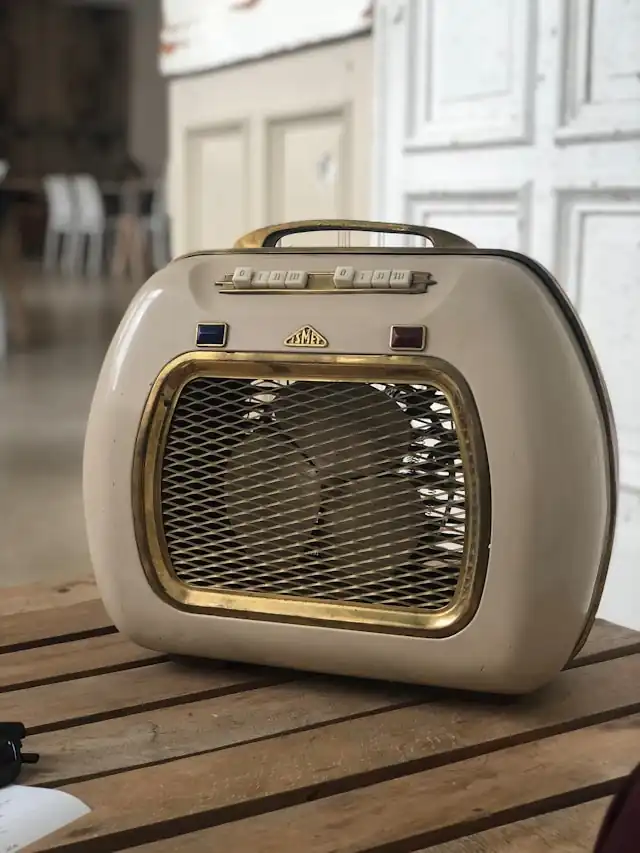
The use of the heating function built into most air conditioners in Japan can rack up a pretty expensive electricity bill in winter and isn’t the most effective or efficient way to heat up a flat or house. An alternative solution is to buy and use a portable heater, also known as a space heater.
These devices are built to heat up a single small to medium-sized area like a bedroom, living room, or toilet; and they are a fast and efficient way to heat up an area.
One of the biggest advantages of a portable heater is that they are portable, i.e., they can be moved from one room to another unlike an air conditioning unit.
Portable heaters can be bought at home furnishing stores such as IKEA and Nitori, online, or if you are looking to save some money, at your local secondhand or recycle shop.
Thermal Socks
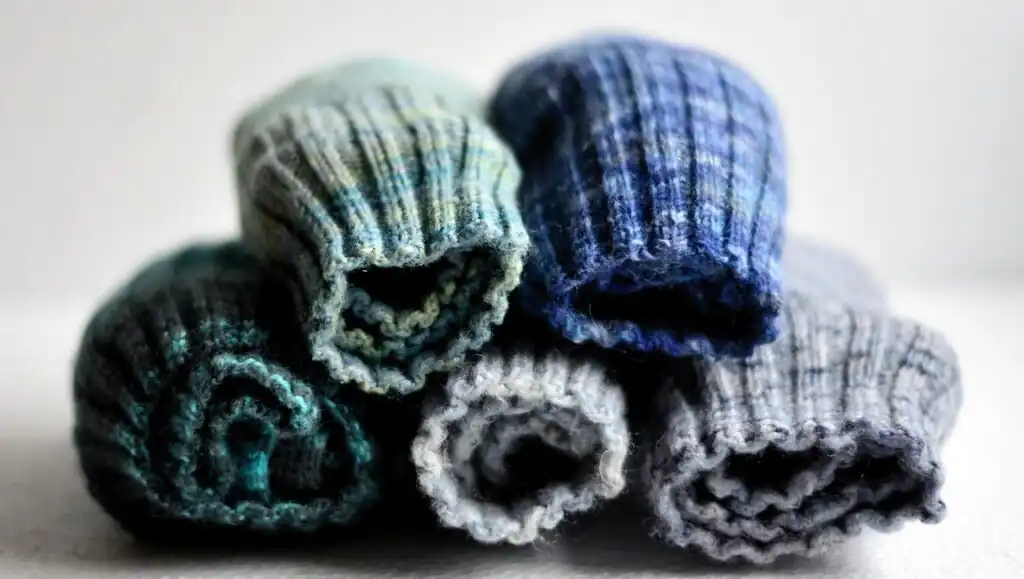
As the name suggests, thermal socks are made from insulating materials both natural and synthetic that are specifically designed to keep your feet warm and dry during the winter months.
Thicker than regular socks, thermal socks are built as such to trap heat, wick moisture from the feet to keep them dry, and are naturally antimicrobial to reduce odors.
Aside from keeping your feet toasty and warm during winter, people with sweaty feet and poor blood circulation can also benefit from wearing thermal socks.
This item is a great way to stay warm in winter as carpeted floors aren’t a commonplace feature in many Japanese homes, especially traditional ones where tatami mats are used to line the floors of a house instead.
Not all thermal socks are created equal though and depending on how much you’re willing to spend or how tight your budget is, you can check out places such as Uniqlo, 100 yen shops, or secondhand shops for this item.
Related articles:
- Apartment Essentials for the Colder Season
- 9 Practical Tips to Save On Your Electricity Bill During Winter
- How to Stay Warm and Cozy at Home During the Winter Season

Freelance writer with over 2 years of experience writing for the Village House Blog, ESL teacher, and digital nomad who has lived in countries including The Czech Republic, The UK, The U.A.E., Japan, and most recently, Georgia. Is constantly on the hunt for the best, most optimal apartment for remote work when not enjoying going to film festivals, concerts, and the theater.


